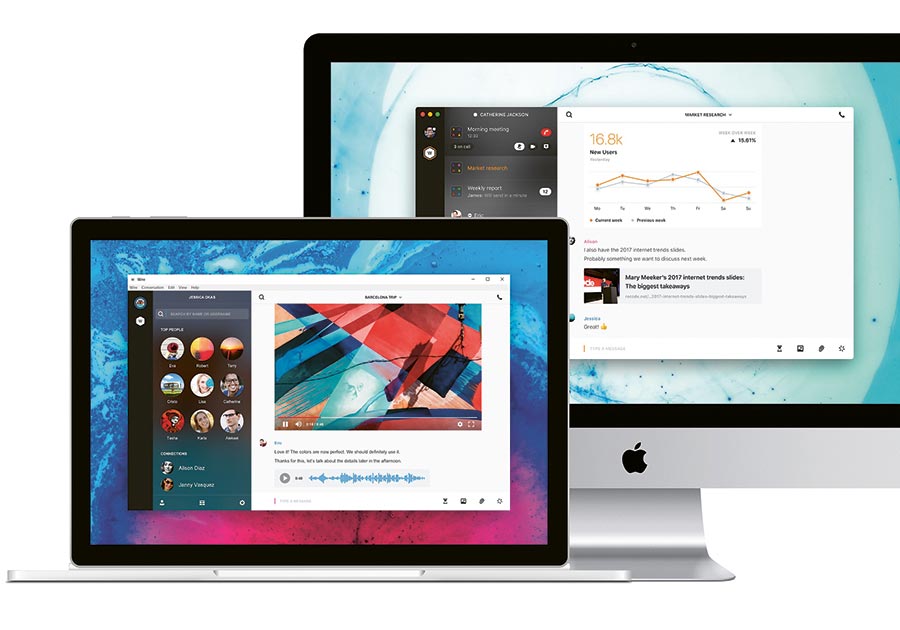Morten Brøgger’s 14-year-old son has 15,000+ unread emails.
And he’s proud of it – he doesn’t want to read them. “It’s the way of millennials,” says the 40-something Dane of his Copenhagen-based progeny, adding that while 90 per cent of teenagers use social media, only 6 per cent of them write emails. “Their communications are super short and to the point, without all the intros and closings and trappings of email. It’s a different way of communicating: it’s not correspondence, it’s a conversation.”
Today’s teens are of course tomorrow’s workforce, and already their text, tweet, chat, share habits are standard for many elders. Moreover, digital trends no longer start in the office and spread to the home, but vice versa. Private consumers drive the market for apps. If those succeed in personal usage, they then find their way into business.
“E-mail is correspondence, while social media is a conversation.”
So why don’t businesses simply let their staff replicate Brøgger junior’s communication methods? Because they have something to lose: namely privacy and security. Public networks are well and good for teens with little or nothing to hide. Hey, if one’s secrets are favourite rappers or cosmetics or football clubs, exposing them is little threat: these are hardly secrets in the first place. Business users, however, do have things to hide, sometimes a lot. Confidentiality is usually desired and often required. When it’s breached – just ask Swisscom, FedEx, Pizza Hut and so many others who’ve borne the brunt of it – there can be losses of money, customers and reputation, not to mention legal penalties and fines.
This was the conundrum that Brøgger and colleagues set out to solve: how to communicate most modernly, yet also most privately. Their answer is a software application aimed at organisations (but also available to individuals) called Wire.






